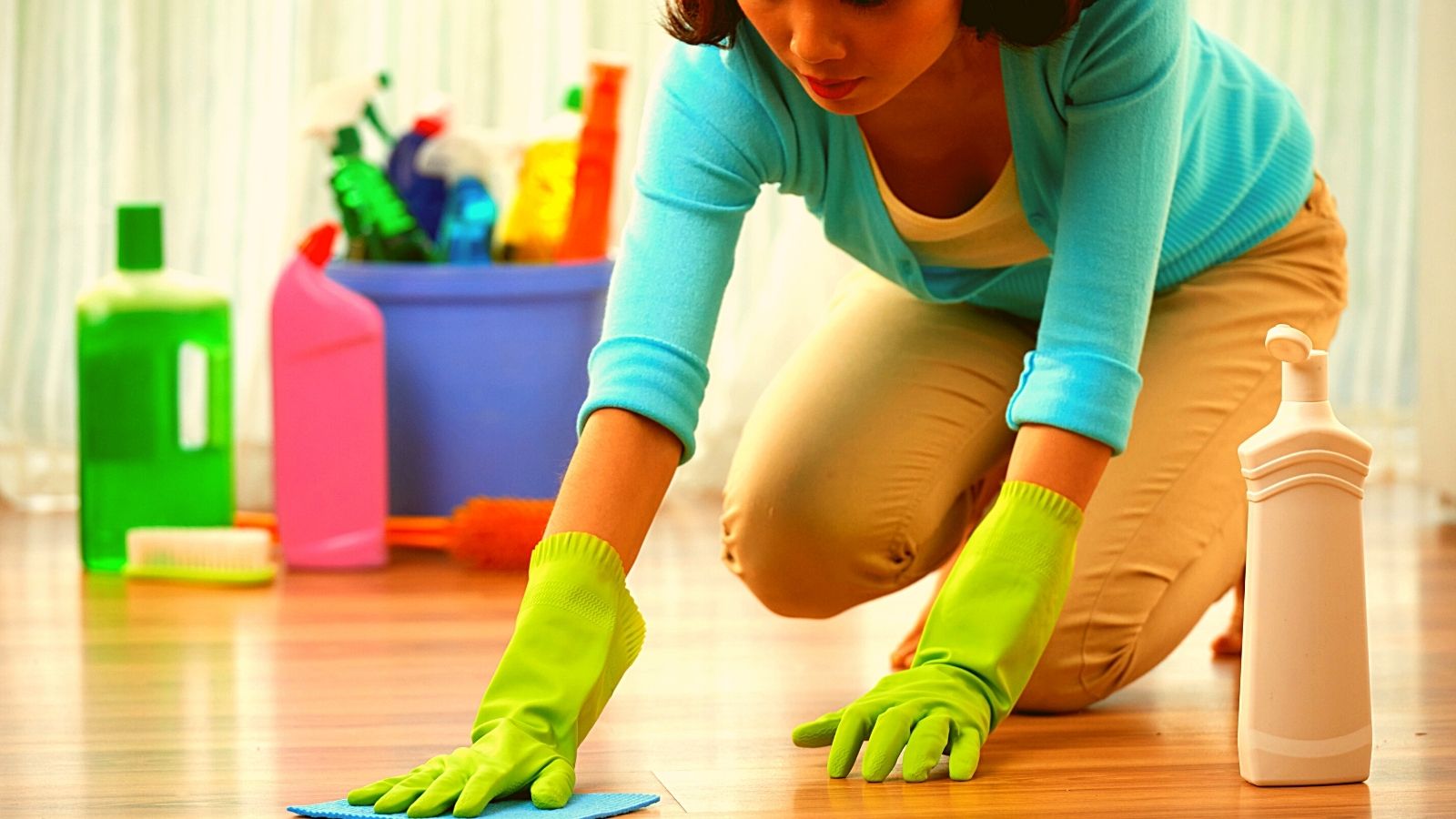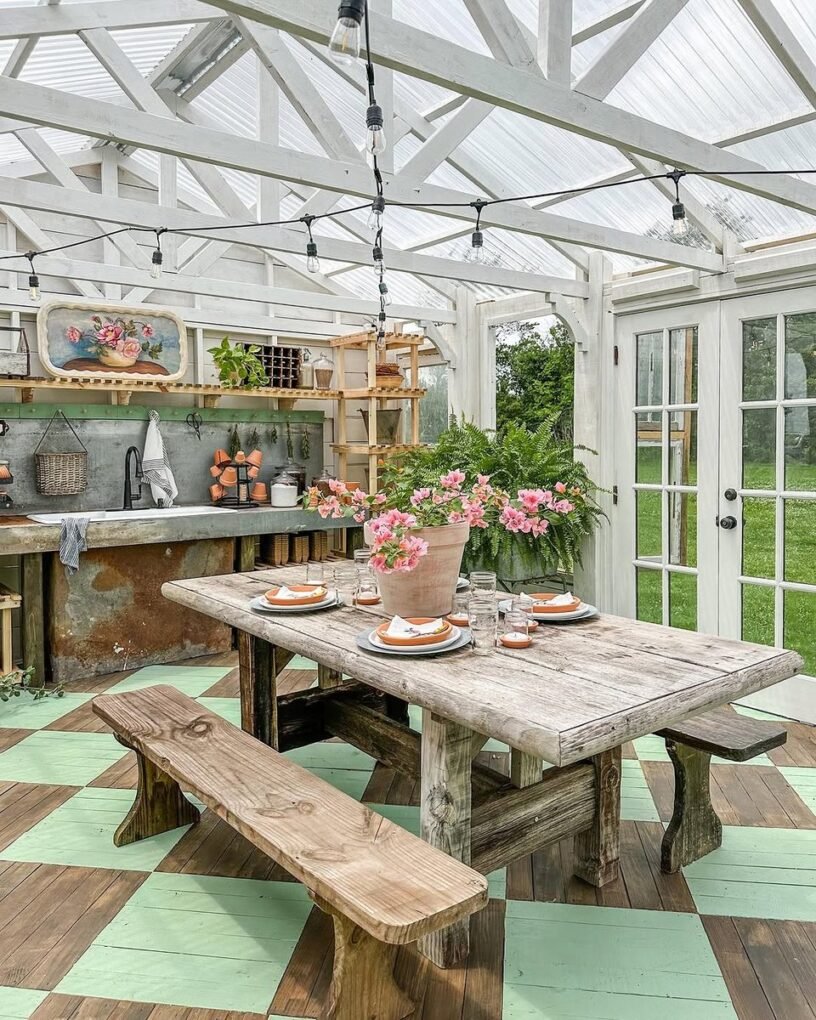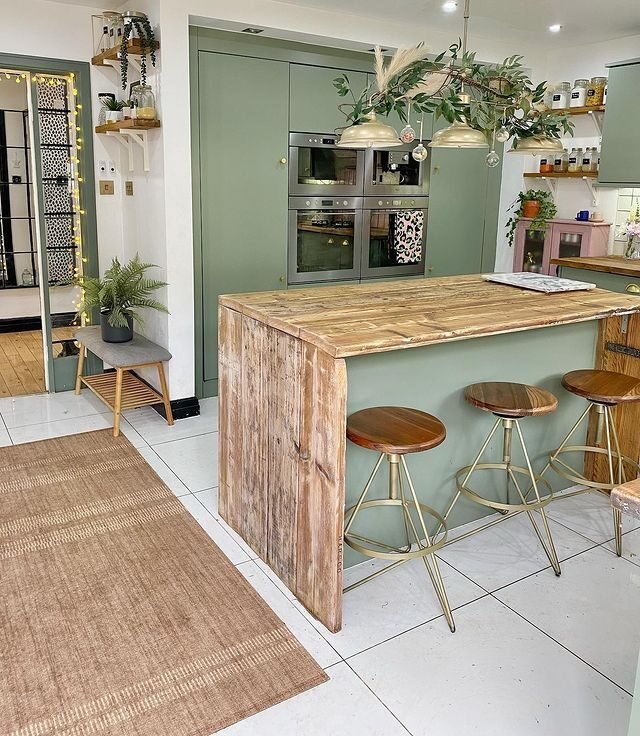Cleaning a hard surface floor is one of the toughest cleaning tasks. If you are like most people, it probably comes last on your cleaning list or it is scheduled for very few times a month. It is understandable since the task tends to be energy-draining. Besides, you can get away with cleaning it twice or thrice a month if you do good maintenance of your floors.
However, cleaning hard surface floors doesn’t have to be a back-breaking task. With some clever tips, you can be able to make your floor shine without much effort.
That being said, here are some tips that you can use in your cleanings to ensure that your hard surface floors sparkle without putting in too much work or time.

Keep dirt away
To start with, the floors wouldn’t be so dirty if you did something to limit the amount of dirt getting to the house. Make sure you are using doormats at every entrance to the house. It also helps to have a no-shoe-to-the-house policy and glooming pets outside.
In addition, clean spills as soon as they happen. If you let them sit in for a long time, they become stubborn and harder to remove. Also, sweep every day especially in high-traffic areas to prevent the buildup of dust, dirt, and grime. You should also ensure that you sweep and vacuum the floor before mopping. You will have a very easy time when it comes to cleaning your floors after doing this.
How to clean the floors
Hard surface floors come in different types, and each type requires a different way of cleaning. Most people tend to use cleaning detergent and a mop on any floor. However, some cleaning products tend to be harsh on some floors. Using them on such floors can easily damage them. That is why it is very important to follow the right cleaning technique for your type of floor.
Sure, it can be overwhelming, but you don’t have to go through all the trouble of trying to identify the best technique. You can always leave the job to the experts. If you live in or around Zurich, Optimal - a cleaning company in Zurich is a reputable company that you can contract. However, you can also contact other providers local to where you are. The knowledgeable staff knows well about all the types of floors, and the best products to use on each of them. They can do the cleaning for you, and answer any questions regarding cleaning your floors.

Otherwise, here are techniques that are suitable for these types of floors.
- Wood floor- Using too much water on wood material can cause excess water to sip through the boards. The boards then swell and split. The best way is to use a lightly damp mop with a mild detergent.
- Stone- This flooring material discolors at the use of acid-based cleaners such as those containing ammonia or bleach. You only need to mop it using a mild detergent. If you have to remove grease from the floor, buy a specific stain remover for stone.
- Ceramic tiles- These floors are easy to clean, as you only need a mild detergent with clean water. You can also use a steam cleaner that tends to be effective on tiles.
- Vinyl- This type of floor can take a damp mop with mild detergent. If there are any scuff marks, dip a cloth in washing liquid or white spirit to wipe them off.
- Laminate floor- Using soap-based detergent tends to leave dull films on the floor. You should also avoid using a lot of water as the excess water can destroy the floor. In addition, abrasive cleaners such as steel wool can easily scratch the floor. Therefore, you want to avoid them completely. A dilute solution of water and vinegar with a lightly damped mop is enough here.
- Cork- The protective coating on factory-sealed cork tiles tends to be very sensitive. You should actually never drag furniture across as it can easily destroy the coating. Too much water can also destroy the seal, so you want to stick with a lightly damp mop and washing-up liquid.
Conclusion
Restoring a damaged floor can be very expensive. That is why you should do your best to take good care of your floors. The secret is to keep dirt away, sweep, and vacuum regularly, as well as use the right technique for each floor material as described above.




